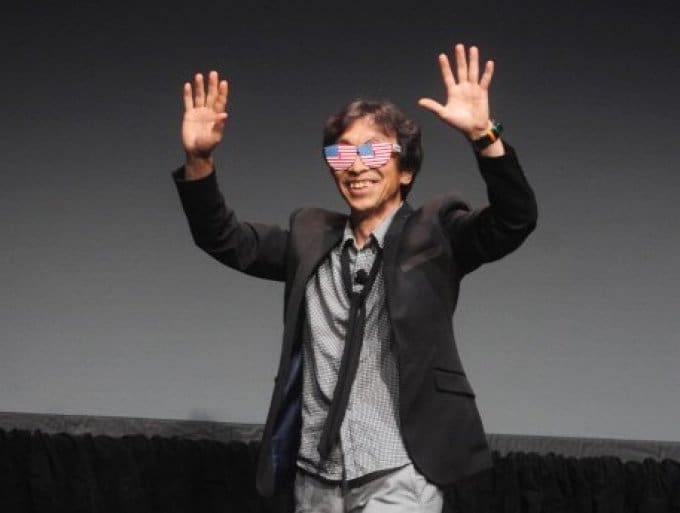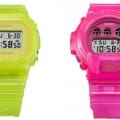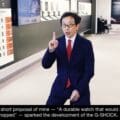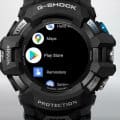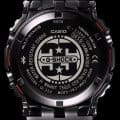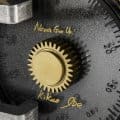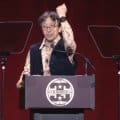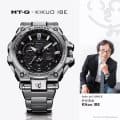An article published by the The Asahi Shimbun titled “Last-minute idea took a long time to pay off for Casio’s G-Shock” by Ayumi Sugiyama provides details and insight into the birth of G-Shock and its difficult early years after launch.
While it’s known that the first G-Shock watches were not an instant hit when they launched in 1983 and the brand initially struggled to gain a foothold in Japan, the article details the heavy toll it took on creator Kikuo Ibe. He presented a special black-only version of the first G-Shock to the seven members of the development team, but they were all lost over time except for Ibe’s, and the article attributes this to the model’s unpopularity in the beginning. Annual sales of G-Shock watches in Japan were flat, and according to the article, Ibe recalled “I wanted to completely put a lid on it. The project was so burdensome that I would cry each time I remembered it.” Ibe voluntarily left the G-Shock team to work on another watch model and he did want to wear a G-Shock during that time. We can see how Ibe’s motto of “Never give up!” was inspired not only by the difficult task of designing the G-Shock watch but also from the brand surviving the uncertain time following its launch.
G-Shock started gaining traction in America due to the widely viewed “hockey puck” commercial (youtube.com) and its growing popularity with blue collar workers and skateboarders. (The DW-5200 is often referred to as “The Hero” G-Shock that saved the brand from extinction.) In the late 1980s and early 1990s, there were series and colorways released in the States that were not released in Japan (sort of the opposite of how it is today), and there were boutique stores in trendy districts like Shibuya that sold reimported models from the U.S. The “sought-after in the United States” designation was a selling point for these types of watches that were popular with young consumers, and G-Shock would evolve into a fashion brand while remaining a trusted utility watch brand. A G-Shock boom followed in the mid-1990s and peaked in 1997. Although sales dipped after that, the previous peak was surpassed in 2013 thanks to increased marketing efforts, global expansion, and popular new analog-digital models, and another boom would occur in the early 2020s following the introduction of full metal models and the 2100 line. G-Shock now accounts for more than half all timepiece sales for Casio, which is impressive considering how popular and affordable many of its non-G-Shock watches are.
The full article provides additional details about the early years and is highly recommended for both new and old fans. Read it at www.asahi.com.
Shop: G-Central on Amazon | New Releases (USA Sellers) | Best G-Shock Watches | Specs Catalog
Related Posts:

